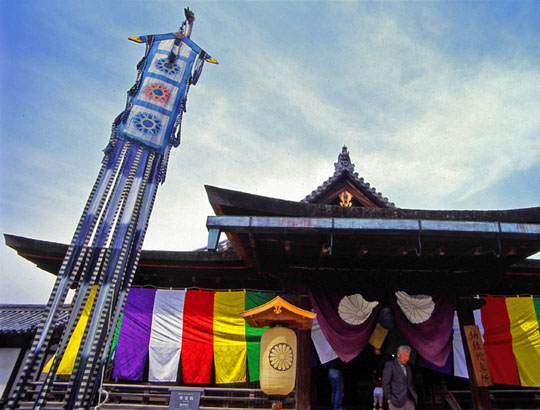When UNESCO cast its beady, critical eye on Japan 18 years ago to assess the country's cultural and natural merits with a view — in the agency's ponderous prose — to "inscription on the World Heritage List," it settled on four places that became the nation's first entries to those ranks so adored by tourism associations.
Those four comprised the lush, rain-every-day island of Yakushima, which lies 70 km off the southern tip of Kyushu in Kagoshima Prefecture; the still largely virginal forests of Shirakami Sanchi straddling Akita and Aomori prefectures in northern Honshu; the beautifully deadly fortress of Himeji Castle in Hyogo Prefecture; and the Buddhist monuments of Horyuji in Nara Prefecture.
It may have come as rather a surprise to some that Horyuji, located 14 km southwest of the city of Nara, should have been selected ahead of obviously much more famous Kyoto — and indeed Nara itself. But Horyuji really is exceptional. As well as being a landmark in Japanese history and the oldest existing Buddhist temple in the land, the complex of Horyuji contains the world's oldest wooden buildings.



